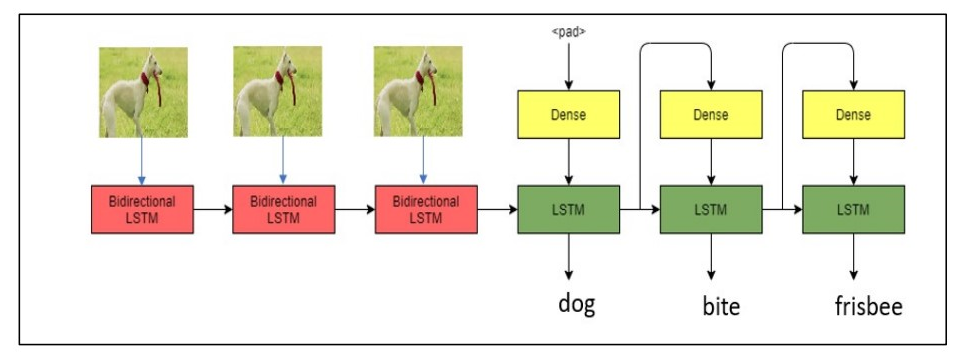NeuralTextures
This is repository with inference code for paper "StylePeople: A Generative Model of Fullbody Human Avatars" (CVPR21). This code is for the part of the paper describing video-based avatars. For inference of generative neural textures model refer to this repository.
Getting started
Data
To use this repository you first need to download model checkpoints and some auxiliary files.
- Download the archive with data from Google Drive and unpack it into
NeuralTextures/data/. It contains:- checkpoints for generative model and encoder network (
data/checkpoint) - SMPL-X parameters for samples from AzurePeople dataset to run inference script on (
data/smplx_dicts) - Some auxiliary data (
data/uv_renderanddata/*.npy)
- checkpoints for generative model and encoder network (
- Download SMPL-X models (
SMPLX_{MALE,FEMALE,NEUTRAL}.pkl) from SMPL-X project page and move them todata/smplx/
Docker
The easiest way to build an environment for this repository is to use docker image. To build it, make the following steps:
- Build the image with the following command:
bash docker/build.sh
- Start a container:
bash docker/run.sh
It mounts root directory of the host system to /mounted/ inside docker and sets cloned repository path as a starting directory.
- Inside the container install
minimal_pytorch_rasterizer. (Unfortunately, docker fails to install it during image building)
pip install git+https://github.com/rmbashirov/minimal_pytorch_rasterizer
- (Optional) You can then commit changes to the image so that you don't need to install
minimal_pytorch_rasterizerfor every new container. See docker documentation.
Usage
For now the only scenario in this repository involves rendering an image of a person from AzurePeople dataset with giver SMPL-X parameters.
Example:
python render_azure_person.py --person_id=04 --smplx_dict_path=data/smplx_dicts/04.pkl --out_path=data/results/
will render a person with id='04' with SMPL-X parameters from data/smplx_dicts/04.pkl and save resulting images to data/results/04.
For ids of all 56 people consult this table







 We can clearly see that the fingers are not well separated in the visualization. What is causing this and how to solve this problem?
We can clearly see that the fingers are not well separated in the visualization. What is causing this and how to solve this problem?